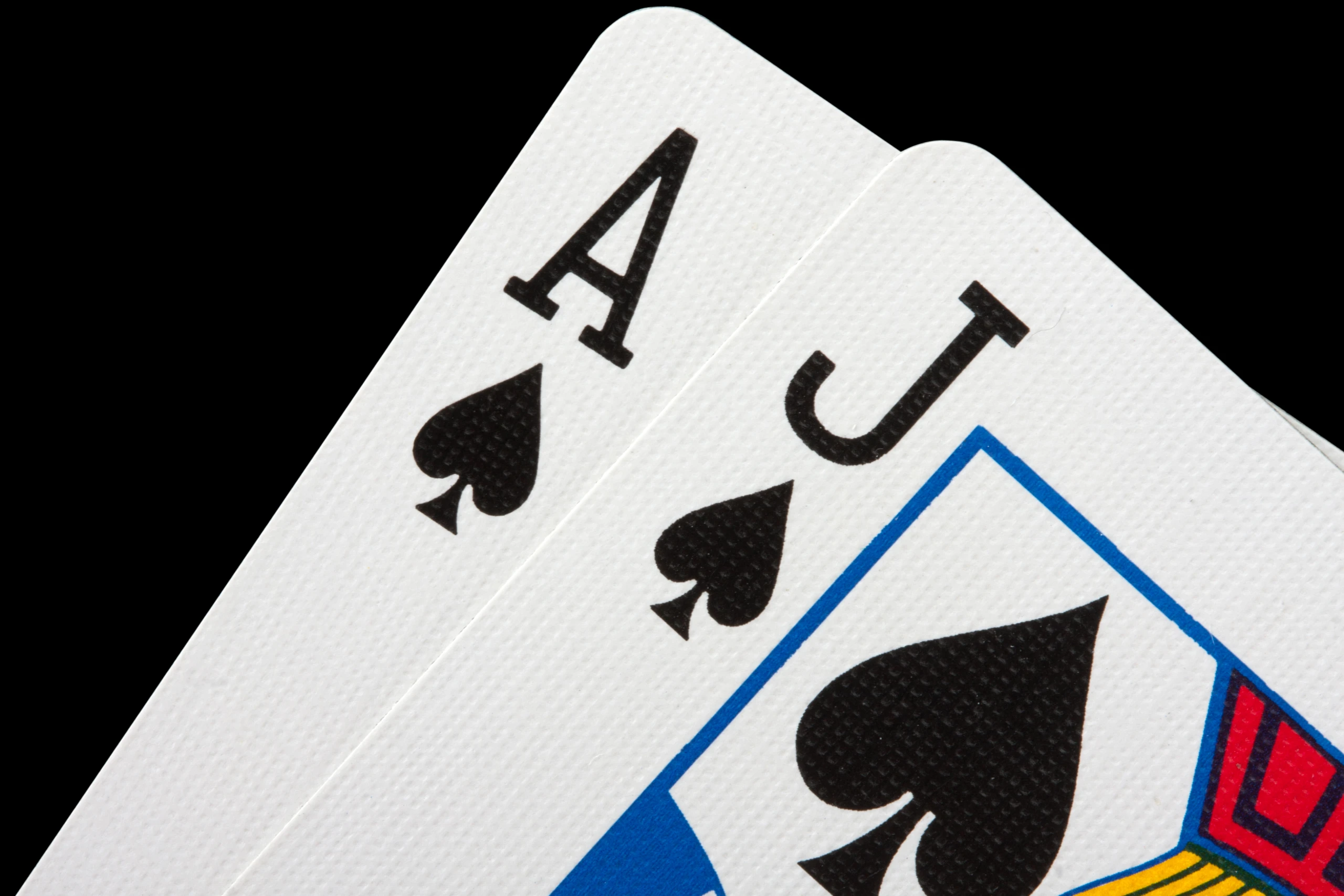
Blackjack: A Comprehensive Guide to Playing and Winning
Introduction to Blackjack
Objective: The goal in Blackjack is to beat the dealer's hand without going over 21. Each card has a value, with numbered cards worth their face value, face cards (King, Queen, Jack) worth 10, and Aces worth either 1 or 11, depending on which benefits the player's hand the most.
The Game Setup: Blackjack can be played with one to eight decks of 52 cards. Players start by placing a bet before any cards are dealt.
How to Play Blackjack
Dealing and Player Decisions
- Dealing the Cards: After bets are placed, each player and the dealer receive two cards. The players' cards are usually dealt face up, while the dealer has one card face down (the "hole card") and one card face up.
- Player Decisions: Players then decide how to play their hand:
- Hit: Take another card to try to improve the hand.
- Stand: Keep the current hand and make no further moves.
- Double Down: Double the bet, take one more card, and then stand.
- Split: If the first two cards have the same value, they can be split into two separate hands (each with its own bet equal to the original bet).
- Surrender: In some versions, you can forfeit half your bet and end the round early.
Dealer's Role in Blackjack
Dealer's Actions
- After all players have made their decisions, the dealer reveals their hole card. The dealer must hit on 16 or below and stand on 17 or above. Some casinos require the dealer to hit on a "soft 17" (a hand containing an Ace valued as 11).
Winning and Payouts
Understanding Blackjack Payouts
- Blackjack: If your first two cards are an Ace and a 10-value card, it's called a "Blackjack" or "natural," paying 3:2 on your bet, provided the dealer does not also have Blackjack. If both have Blackjack, it's a tie or "push."
- Winning the Hand: If your hand is closer to 21 than the dealer's or if the dealer goes over 21 ("busts"), you win even money on your bet.
- Losing the Hand: If your hand exceeds 21, you bust and lose your bet, regardless of the dealer's hand.
Mastering Blackjack Strategy
Basic Blackjack Strategy
- Understanding Probabilities: Basic Blackjack strategy is a set of guidelines formulated through statistical analysis. It dictates the optimal decision (hit, stand, double down, split) for every possible combination of the player's hand and the dealer's up card.
- Reducing the House Edge: Proper use of basic strategy can reduce the house edge to less than 1%, making it one of the fairest casino games for players.
Tips for Successful Blackjack Play
Enhancing Your Blackjack Game
- Learn Basic Strategy: Memorize the basic strategy chart or have it handy when playing online. It significantly increases your chances of winning.
- Avoid Insurance: Insurance bets are offered when the dealer's up card is an Ace, allowing players to bet half their original wager. However, this bet has a high house edge and is generally not recommended.
- Manage Your Bankroll: Set a budget for your session and stick to it. Don't chase losses, and only bet what you can afford to lose.
- Practice Online: Many online casinos offer free or low-stake Blackjack games. Use these to practice your strategy without risking much money.
Conclusion
Enjoying Blackjack Responsibly
In conclusion, Blackjack is an engaging and strategic game that rewards players who take the time to learn and apply basic strategy. Whether playing online or at a physical casino, the key to success lies in understanding the rules, making smart decisions, and managing your bankroll responsibly. By following the guidelines outlined in this tutorial, you'll be well on your way to enjoying the game of Blackjack and potentially securing some wins against the house. Remember, the ultimate goal is to have fun and enjoy the gaming experience in a responsible manner.